-8 F. morning low on Friday at St. Cloud.
17 F. high temperature yesterday.
31 F. average high on February 27.
-1 F. high on February 27, 2014, after a wake-up temperature of -20 F.
February 27, 1981: Ice is out on Lake Minnetonka. Boats are enjoying the early thaw.
Winter Is Over
Uh oh, Paul is making outrageous statements again. Has he been standing too close to the Doppler? Honest answer: yes!
Let me clarify.
We'll
see more cold fronts & spits of snow and ice, but in 10-14 days the
overall pattern will shift rather dramatically, the meteorological
equivalent of turning on a light switch, pushing persistent 40s back
into Minnesota the second week of March. In 2 weeks it'll be warm enough
aloft for rain.
Figures.
Snow lovers, please don't blame me,
blame a (drunken) jet stream for this supernaturally persistent dry
pattern. As was the case last winter, with numerous examples in the last
15 years, the jet stream got "stuck".
Normal variability gave way
to a persistent upper level rut, one that steered a conga-line of
sputtering, unimpressive clippers over Minnesota, faint wisps of low
pressure that went on to metastasize into a Nor'easter machine as they
interacted with Atlantic moisture, dumping 100 inches on Boston.
Interesting things happen when the weather stalls - usually bad things.
A
couple inches of snow may fall next Tuesday, the bulk of the storm
staying south once again. 20s will feel tolerable this weekend; two more
subzero nights the middle of next week before a Pacific breeze kicks
in.
A hint of spring fever in 2 weeks? Yep.
* 500 mb forecast valid the evening of March 13 courtesy of GrADS:COLA/IGES.
Limping into March.
It's vaguely pathetic that I can get (a little) excited about 20s.
Everything is relative, and for some reason 20s feel better in February
than November. The next chance of accumulating snow comes Tuesday, then
one more fleeting relapse of subzero chill Wednesday night. European
guidance hints at low 40s next Friday, sustained 40s possible within 2
weeks or so. Graphic: Weatherspark.
Tuesday Snow Event?
When in a drought (or dry spell) don't predict rain - or snow. Will the
transition to a milder pattern spark a few snowfalls in March?
Possible, assuming we don't lose all the cold air. GFS guidance shows a
plowable snow just south and east of the Twin Cities Tuesday, as much as
6-8" for far southeastern Minnesota and western Wisconsin. It's too
early to get specific about amounts, other than to say that Tuesday may
be messy, especially south/east of MSP.
Too Early for Spring Fever?
Oh there will be plenty of disappointments ahead. That's the true
meaning of spring. Two steps forward, one step back. Or is it the other
way around. But GFS guidance shows 40s and a few 50s roughly 2 weeks
away, the atmosphere warm enough for significant rain March 12-15.
Even As The Eastern U.S. Freezes, There's Less Cold Air In Winter Than Ever Before.
The winter cold pools are trending smaller over time over the Northern
Hemisphere, but they seem to be (consistently) setting up over the
eastern USA and eastern Canada as polar air becomes displaced south by a
rapidly warming Arctic. But temperatures aloft, about 1 mile above
surface level, show the trends. Here's an excerpt of a Jason Samenow
story at the
Washington Post's Capital Weather Gang: "...
In a study accepted for publication in the Journal of Climate,
Martin found that four of the five smallest Northern Hemisphere cold
pools on record — averaged over the winter — have occurred since 2004.
“Only 12 of the 43 winter seasons before 1990-1991 had below average
seasonally averaged areas whereas 20 of 24 winter seasons have had below
average seasonally averaged areas since,” the study says..."
Graphic credit above: "
Blue
and red bars illustrate the annual difference from the long-term
average in the area of the Northern Hemisphere cold pool. The light gray
line portrays the surface temperature difference from average from the
UK Hadley Centre." (Jonathan Martin, Journal of Climate).
Boston's Astounding Month of Snow a 1-in-26,315 Year Occurrence.
100" in a month is pretty impressive, but it's off-the-charts-amazing
for Boston, where normal February snowfall is closer to 10". What are
the odds? Here's an excerpt of a good story from Eric Holthause at
The Washington Post: "...
To
do this, he parsed through every three-day period (to maintain
meteorological plausibility and prevent the possibility of
back-to-back-to-back 20-inch snowstorms) and then randomly generated a
set of hypothetical winters consistent with the city’s climate history.
His analysis shows that given a static climate, Boston can expect a
winter with a 30-day stretch like this one only once approximately every
26,315 years — 38 out of a million..."
Photo credit above: "
A
sign advertising a home for sale peaks from a mound of snow, Monday,
Feb. 23, 2015, in Marlborough, Mass. Real estate agents have found that
purchase closings are being held up because of the heavy snowfall in the
Boston area." (AP Photo/Bill Sikes).
Warming Winters: U.S. Temperature Trends.
We experience weather, not climate, which is one (of many) factors that
makes this issue so complex. If you're freezing your butt off how ON
EARTH can the atmosphere be warming? Not at my house! Keeping a global
perspective is difficult, but essential when discussing climate trends.
Here's an excerpt from
Climate Central focused on the rate of winter warming across the USA: "...
Since
1970, winters in the top 5 fastest-warming states — Minnesota, North
Dakota, Wisconsin, Vermont and South Dakota — heated up four-and-a-half
times faster than winters in the 5 slowest-warming states: Nevada,
California, Oregon, Colorado, and Washington. The five fastest-warming
states have seen at least 4oF warming in winters since 1970..."
Tesla Gearing Up For Release of Batteries for the Home.
I have yet to meet (anyone) who doesn't like free stuff. That applies
to free energy, free electricity, harvesting the free power that hits
your home every day.
Gizmag has the details on how you'll soon be able to benefit from home solar panels and a well-positioned battery: "...
The
same lithium-ion battery technology that powers Tesla’s electric
vehicles will be used to develop a battery for the home, according to a
statement by CEO Elon Musk during a recent conference call with
analysts. The batteries would be used by homes and businesses to store
excess energy generated from solar panels during the day, and drawn from
at night when panels sit idle..."
Image credit above: "
Tesla home battery, which is currently produced for SolarCity's home energy storage system." (House Photo:
Shutterstock)
Close-Up Lightning Strike Compilation. No, don't try this at home - some of these close calls are truly amazing. Check out the
YouTube clip, which has received 3.7 million views.
Aeris Pulse: Location-Specific Severe Weather Threats.
Full disclosure: this is an app for Apple iOS and Android that my team
is working on, the ability to create GPS-centric alerts that are
different for everyone, based on their current location and the areas
they care about. Learn more about
Aeris Pulse: "
Using
your current GPS location, Aeris Pulse highlights where the weather
threats are relative to you. Aeris Pulse informs you to a variety of
threats, whether it’s a severe thunderstorm with large hail and
lightning or a winter storm with ice and heavy snow. All of this is
immediately available when you launch the app in an easy-to-read, clean
interface."
Aeris Wear.
Doppler on your watch? People raised eyebrows when we (first) put
Doppler radar on cell phones back in 2001. Maybe in a few years (most)
weather enthusiasts won't think twice about checking their watches to
see if rain or lightning (or any threat) is lurking nearby. For now
Aeris Wear is available for
Android phones only, and the basic version is free. A version for iOS is coming soon.
Who Is Hacking Whom?
Ham Weather uber-programmer and weather model specialist, Patrick
Francis, wrote a recent story that made me do a triple-take. Here's an
excerpt from
aplus.com: "
Modern
Media will "Hype" times that a massive hack occurs, such as Sony
Corporation, but does that tell the real story? For the last two months I
have tracked every attempted breach of my systems, stored the IP of the
attacker, and researched information about his or her country of
origin, city, company and so forth. The heck of it is, there's not a lot
that can be done with this information, because there is no one to
share it with who can do anything about it! :) Still, some people might
be interested to know a little bit about who is hacking who..."
The Robots Are Coming.
Is your job in danger of being disrupted by robotics in the
not-too-distant future? Here's an excerpt from a fascinating read at the
London Review of Books: "...
Frey
and Osborne’s conclusion is stark. In the next two decades, 47 per cent
of employment is ‘in the high-risk category’, meaning it is
‘potentially automatable’. Interestingly, though not especially
cheeringly, it is mainly less well-paid workers who are most at risk.
Recent decades have seen a polarisation in the job market, with
increased employment at the top and bottom of the pay distribution, and a
squeeze on middle incomes. ‘Rather than reducing the demand for
middle-income occupations, which has been the pattern over the past
decades, our model predicts that computerisation will mainly substitute
for low-skill and low-wage jobs in the near future..."

Who Killed Tony The Tiger? Bloomberg Business takes a look at how Kellogg lost breakfast and what it means for the rest of the industry; here's a clip: "...
Now
Americans have fewer children. Both parents often work and no longer
have time to linger over a serving of Apple Jacks and the local
newspaper. Many people grab something on the way to work and devour it
in their cars or at their desks while checking e-mail. “For a while,
breakfast cereal was convenience food,” says Abigail Carroll, author
of Three Squares: The Invention of the American Meal. “But convenience
is relative. It’s more convenient to grab a breakfast bar, yogurt, a
piece of fruit, or a breakfast sandwich at some fast-food place than to
eat a bowl of breakfast cereal...."
TODAY: Sunny start, clouds increase. Winds: S 10-15. High: 22
SATURDAY NIGHT: Mostly cloudy. Low: 10
SUNDAY: More clouds than sun, a dry sky. High: 26
MONDAY: Partly sunny, stiff breeze. Wake-up: 6. High: 27
TUESDAY: Wet snow develops, couple inches of slush? Wake-up: 15. High: 28
WEDNESDAY: Sunny and sharply colder. Feels like -20F. Wake-up: -4. High: 7
THURSDAY: Cold start, breezy and milder late. Wake-up: -14. High: 17
FRIDAY: Some sun, a drippy thaw! Wake-up: 10. High: 38
Climate Stories...
Climate Oscillations and the Global Warming Faux Pause. Here's an excerpt of a story written by Penn State climate scientist Michael Mann at
Huffington Post: "..
.It
is true that Earth's surface warmed a bit less than models predicted it
to over the past decade-and-a-half or so. This doesn't mean that the
models are flawed. Instead, it points to a discrepancy that likely arose
from a combination of three main factors (see the discussion my piece
last year in Scientific American).
These factors include the likely underestimation of the actual warming
that has occurred, due to gaps in the observational data. Secondly,
scientists have failed to include in model simulations some natural
factors (low-level but persistent volcanic eruptions and a small dip in
solar output) that had a slight cooling influence on Earth's climate.
Finally, there is the possibility that internal, natural oscillations in
temperature may have masked some surface warming in recent decades,
much as an outbreak of Arctic air can mask the seasonal warming of
spring during a late season cold snap. One could call it a global
warming "speed bump." In fact, I have..."
* An abstract of the new research is available at
Science Magazine.
* Reuters has more on the latest research
here.
Climate Change Might Be Causing These Huge Craters in Siberia.
VICE News has the story - here's the introduction: "
Reports
of new methane-eruption craters in the Siberian permafrost have piqued
the interest of scientists around the higher latitudes who see it as a
new sign of a warming climate. The first craters were identified in
summer 2014 in the natural gas-rich Yamal Peninsula, which juts into the
frigid Kara Sea more than 2,000 miles northeast of Moscow. They're
suspected to have been caused by eruptions of methane from beneath the
region's permafrost soil, which has been thawing during recent summers..."
Photo credit: Vladimir Pushkarev/Russian Centre of Arctic Exploration/Reuters.
No, Snowballs Don't Invalidate Man-Made Climate Change.
If it ever gets to the point where there are no cold fronts and not
enough snow to make a snowball, the planet will have far bigger
problems. Here's the intro to a story at
Slate: "
During
rambling remarks Thursday afternoon, James Inhofe of Oklahoma, the
chairman of the Senate Environment and Public Works Committee, used a
snowball as a prop on the Senate floor. The apparent purpose of this
stunt: to show the recent spate of cold weather in the Northeast is a
sign that human activity isn’t causing climate change...."
* Senator Inhofe's snowball even has its own T
witter page.
What Happened To The Lobbyists Who Tried to Reshape the U.S. View of Climate Change?
Again, tobacco times 1,000, based on the amount of money and (fossil
fuel) value at risk. Follow the money. Here's an excerpt of an
illuminating article at
The Guardian: "...
With
an overall budget of $2m (£1.3m) the plan would look to reshape the
view of climate change science among the public and policy makers in a
way that would favour the industries that stood to lose the most from
regulations limiting greenhouse gas emissions. The investigation
published here, with support from DeSmogBlog and the Climate Investigations Center
(CIC), finds many of those involved are still trying to convince
politicians, legislators and the public that the science is faulty or
can be largely ignored..."
Most People Are Neither "Alarmist" Nor "In Denial" About Climate Change. The name-calling isn't helping (anyone) at this point, argues
The Guardian; here's an excerpt: "...
Some
will no doubt argue that people acquire the labels they deserve - and
that ‘flat-earther’, climate denying, conspiracy theorists have no
interest in productive dialogue with screeching, doom-mongering
‘eco-loons’. A climate change bun fight is certainly an entertaining way
to kill a spare few minutes on social media. But for the vast majority
of people who don’t fall easily into any obvious climate-category, the
focus on baiting, courting or battling with the tiny minority of
individuals who self-identify as a climate change sceptic is a
distraction..."
Most Americans See Combating Climate Change as a Moral Duty.
Reuters has the article - here's the introduction: "
A
significant majority of Americans say combating climate change is a
moral issue that obligates them – and world leaders - to reduce carbon
emissions, a Reuters/IPSOS poll has found.
The poll of 2,827 Americans was conducted in February to measure the
impact of moral language, including interventions by Pope Francis, on
the climate change debate. In recent months, the pope has warned about
the moral consequences of failing to act on rising global temperatures,
which are expected to disproportionately affect the lives of the world’s
poor..."
New Study Directly Measures Greenhouse Effect at Earth's Surface. Carbon Brief has the story and video; here's a clip: "...
The
researchers used a set of instruments to take thousands of measurements
at the Earth's surface. The instruments record the longwave energy that
is re-emitted by greenhouse gases back towards the Earth's surface,
which causes the warming. Making these sorts of measurements on the
ground is difficult, says lead author Dr Daniel Feldman,
a geological scientist at the Lawrence Berkeley National Laboratory in
the US. With weather systems passing overhead, and temperatures and
humidity changing frequently, it's tricky to take energy measurements
without other factors getting in the way..."
Graphic credit above: "
How
carbon dioxide concentrations in the atmosphere have changed (blue
line) and their warming effect ('forcing') on the climate over the same
time period (orange line), for the southern Great Plains site (first
graph shown) and the northern Alaska site (second). The seasonal
fluctuations are caused by the rise and fall in plant photosynthesis in
summer and winter, respectively." Source: Feldman et al. (
2015).

You Want Jobs? Try a Carbon Fee and Dividend. Here's an excerpt of an Op-Ed at
syracuse.com that resonated: "...
The proposal I'm talking about is George Shultz's Carbon Fee and Dividend.
Shultz, former Secretary of State under Ronald Reagan, promotes this
plan as the conservative answer to climate change, because it won't
increase the size of government. It works like this: A steadily rising
fee - starting at $15 per ton of carbon-dioxide - is placed on fossil
fuels at or near the first point of sale, increasing by $10 per ton of
CO2 each year. Revenue from the fee is divided up equally and returned
to all households..."
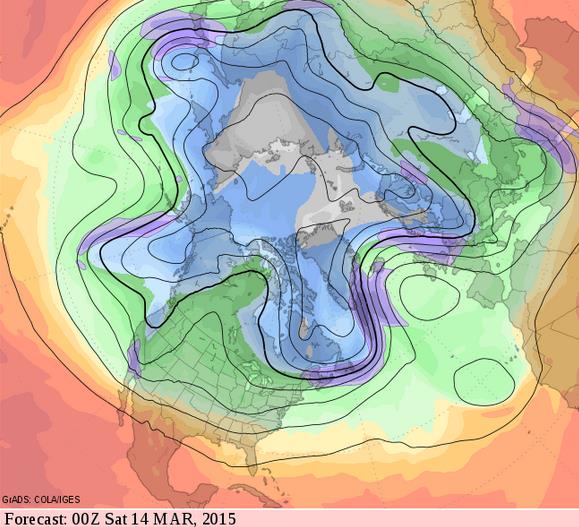
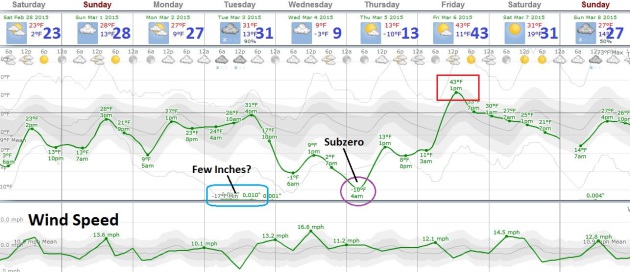
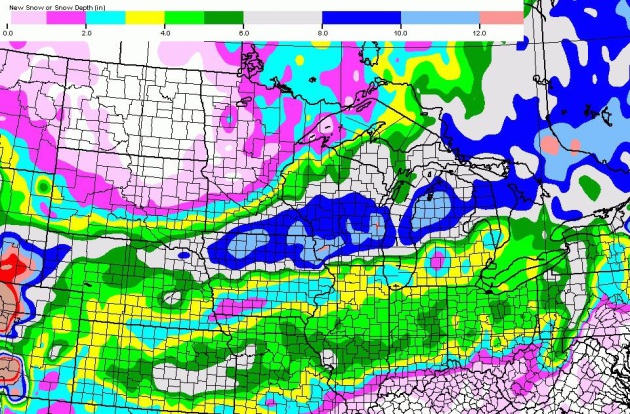
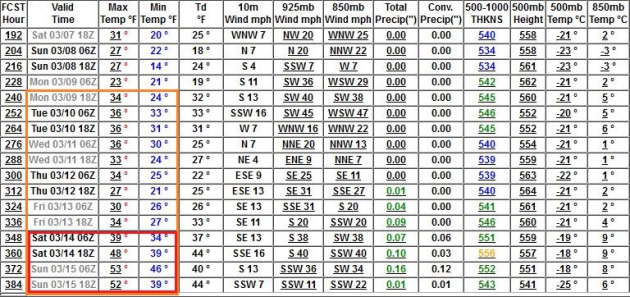

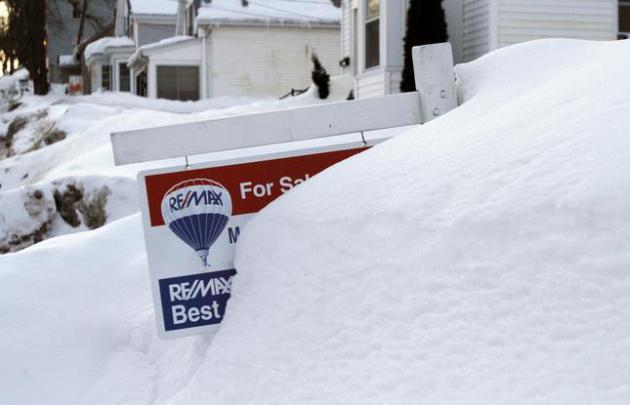


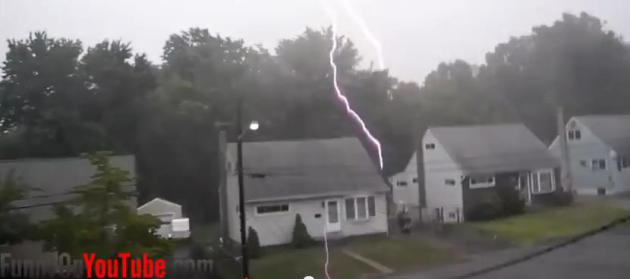

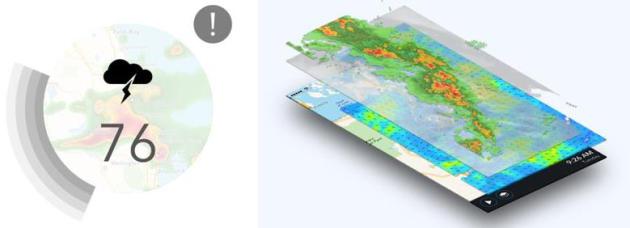







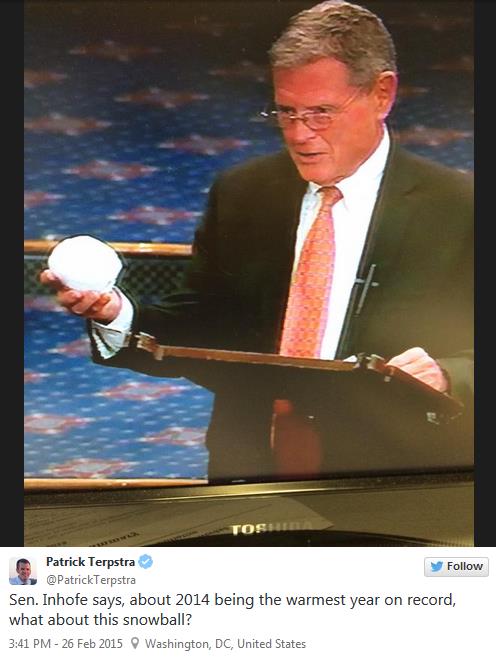

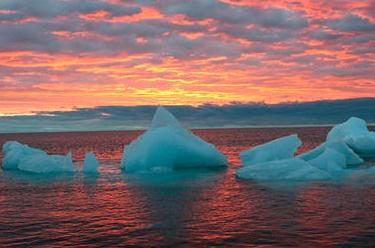
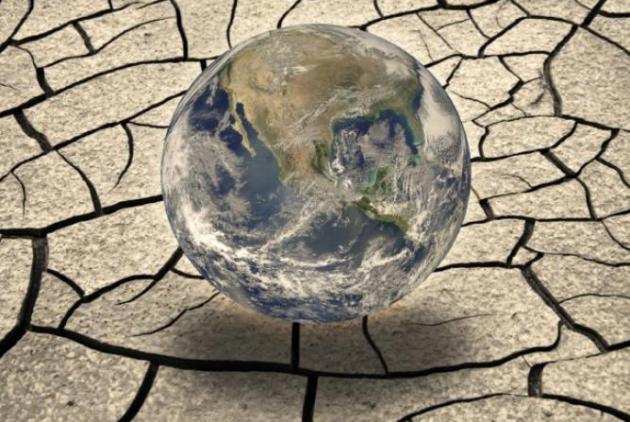
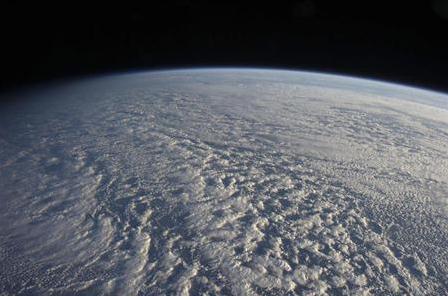
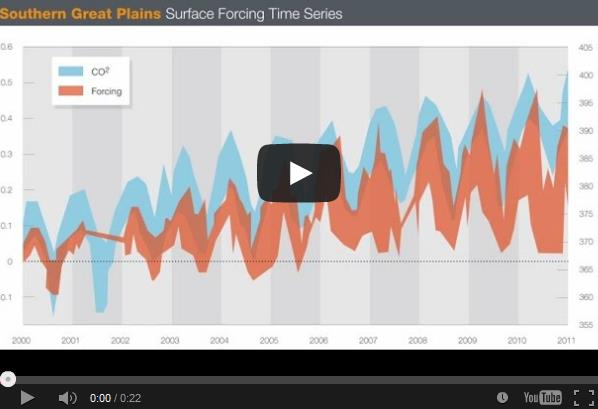
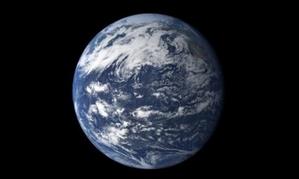
No comments:
Post a Comment